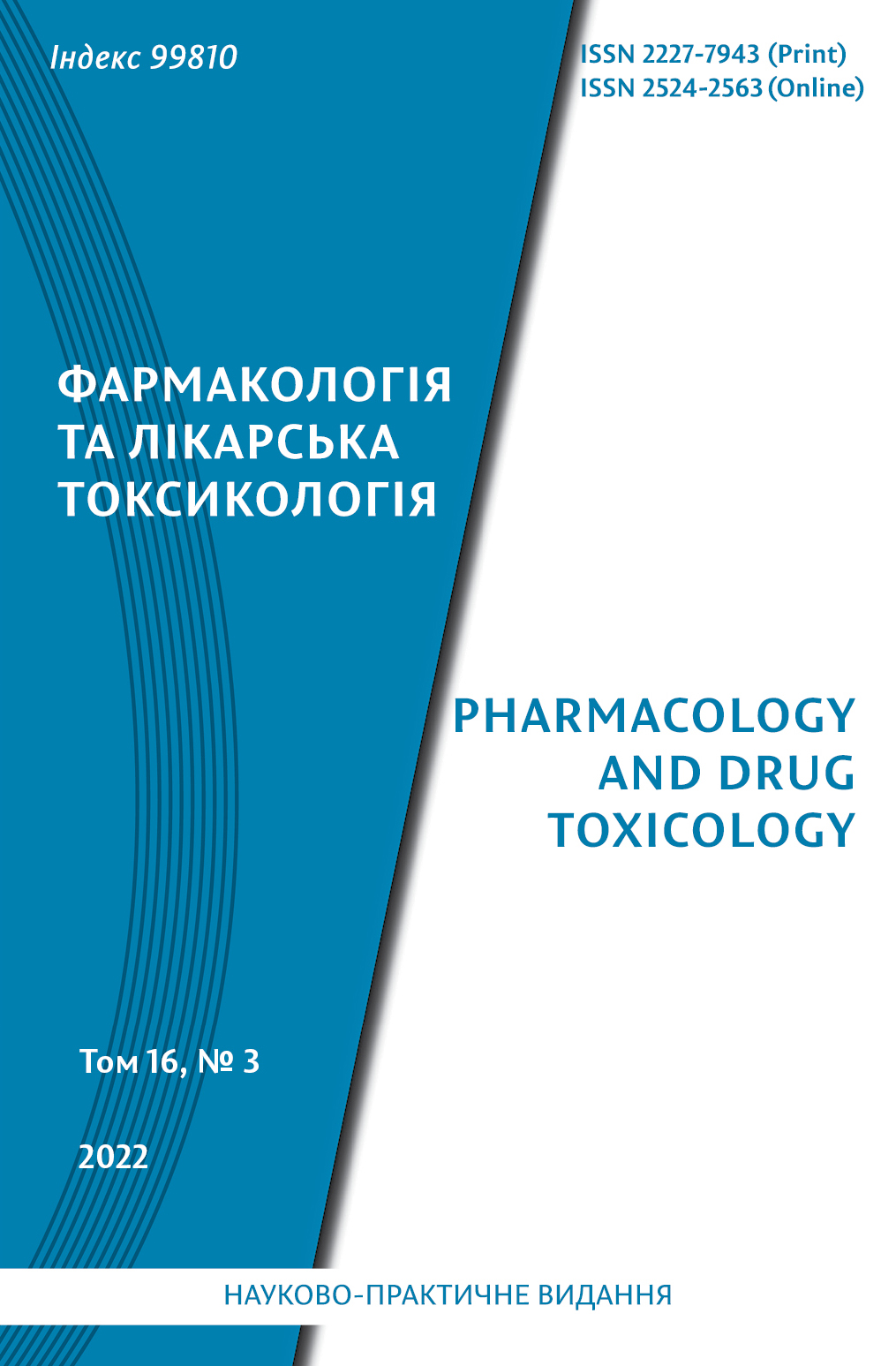Abstract
Medicinal products of plant origin occupy an important place in the development of new effective drugs, in particular, analgesics. In this aspect, medicinal products obtained from feverfew deserve attention.
The aim of the study was to evaluate an analgesic activity of feverfew herb extracts (Tanacetum parthenium L.) on models of thermal and chemical pain irritation. Analgesic activity of lipophilic (LETP) and hydrophilic (HETP) herb extracts of feverfew was studied in «Hot plate» test at a dose of 25–100 mg/kg and «Acetic writhing» test at a dose of 50 mg/kg. According to the results of the experiments,analgesic activity of both extracts of Tanacetum parthenium L. was established in the «Hot plate» test with mainly central mechanisms of pain formation, and 50 mg/kg was the most effective dose. It was also shown that both extracts at a dose of 50 mg/kg significantly reduced the number of writhing in animals compared to the control, that indicates the presence not only central, but also peripheral components of analgesic activity. The data obtained are an experimental substantiation for the further study of the herb extracts from Tanacetum parthenium L. as promising analgesics.
